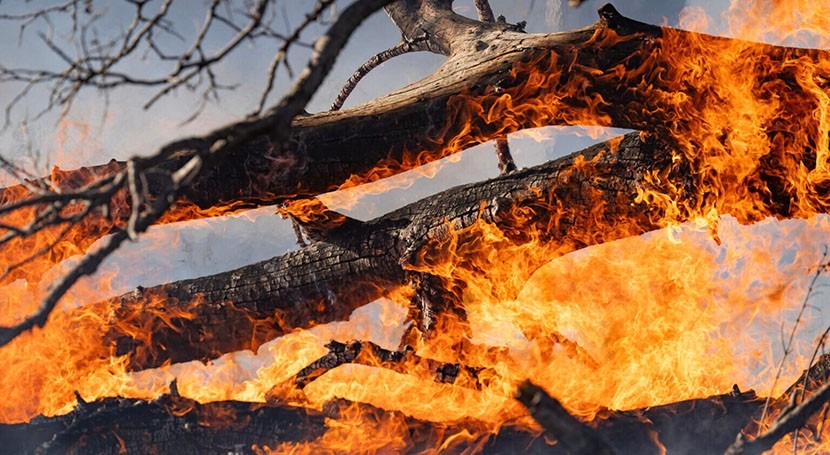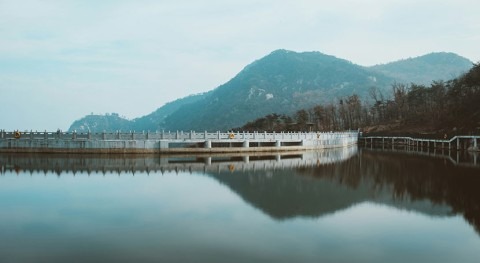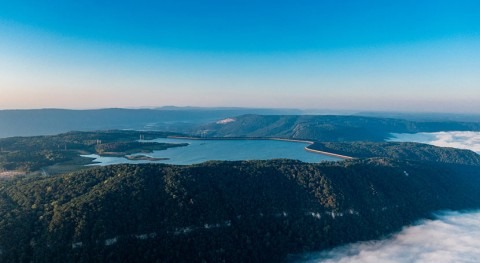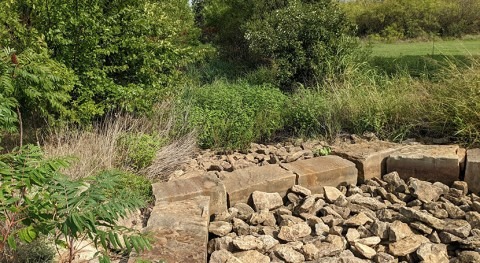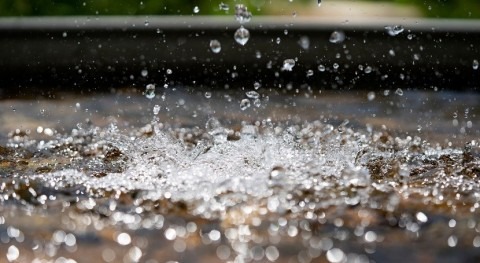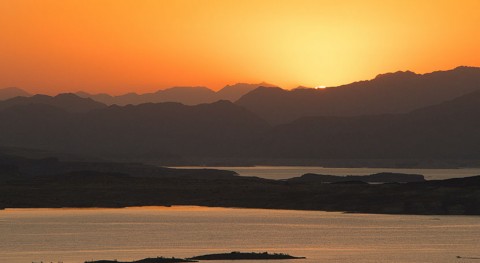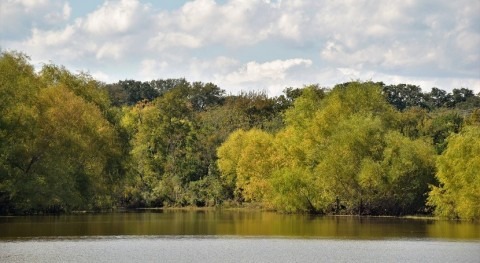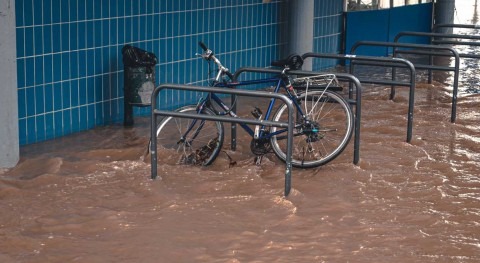Weather conditions across the Lone Star State are getting more extreme and more dangerous by the year, according to a new report from Texas A&M University professor and State Climatologist John Nielsen-Gammon.
The newly updated assessment of extreme weather in Texas draws on data from 1900 to 2023 to predict trends through the year 2036, and shows a significant uptick in extreme temperatures and droughts, wildfire conditions and urban flooding risks, among other changes. The report was authored by Nielsen-Gammon, a Regents Professor in the Department of Atmospheric Sciences, in collaboration with the nonprofit public policy organization Texas 2036.
"We have national climate assessments, but they can't do justice to Texas' specific climate conditions," Nielsen-Gammon said. "With this Texas-specific study, we focused on observed trends as much as possible rather than emphasizing climate model projections. The historic climate trends are part of our lived experience in Texas, and our report puts them in a long-term context."
In recent years, Texans have come face-to-face with the realities of a warming climate, sweating through record-breaking heat waves and lengthy droughts that have taken a toll on agricultural and water resources in many parts of the state.
"During the past couple of years, we've gone through two of the hottest summers on record," Nielsen-Gammon said. "That has altered the trend of 100-degree days, making the increase even more dramatic than it had been. We've also seen new research that indicates that surface water supplies might be becoming less reliable, with increasing evaporative losses coupled with increasingly erratic rainfall."
In recent years, Texans have come face-to-face with the realities of a warming climate, sweating through record-breaking heat waves and lengthy droughts that have taken a toll on agricultural and water resources in many parts of the state
According to the report, those trends are expected to continue and intensify, with Texans in 2036 experiencing quadruple the number of 100-degree days compared to the 1970s and 1980s. The report also predicts a 7% increase in water lost through summertime evaporation by 2036.
All that hot, dry weather also makes the state more susceptible to wildfires, like the ones that broke out in the Texas Panhandle in February. As the report notes, the number of days with highly favorable conditions for fires to spread has already been increasing, most notably in West Texas.
Meanwhile, an uptick in statewide extreme precipitation—expected to rise 10% in intensity by 2036 compared to 2001–2020—will likely hit the state's eastern regions and urban centers the hardest. Parts of East Texas have already seen an increase in precipitation of 15% or more over the last century, the report notes, while a similar increase in extreme one-day precipitation has raised the risk of dangerous flooding in urban areas.
Along the Gulf Coast, rising sea levels and subsidence, or sinking of land, will increase the severity of storm surges from hurricanes, which may themselves be growing more intense due to climate change and related factors.
"Historically, the most costly natural disasters in Texas have been droughts and hurricanes," Nielsen-Gammon said. "Hurricanes are sudden, catastrophic events, while droughts develop slowly but can affect all sectors of society. Both droughts and hurricanes are changing in complicated ways, but overall the risk from both is growing."
Understanding these changes, as well as the distinct dangers presented by different types of natural hazards, will be crucial for communities throughout the state, Nielsen-Gammon said—from new agricultural practices in rural areas to flood control measures in cities.
"Solutions cost money," Nielsen-Gammon said. "Drought-resilient crops tend to produce lower yields, for example. Cities can avoid new construction in flood-prone areas, but existing infrastructure is challenging to retrofit.
"A changing Texas climate presents many challenges," he continued, "but our ability to monitor and predict those climate changes makes it easier to deal with them."
For more information on extreme weather trends in Texas, read the full report or see the 2024 update summary published by Texas 2036.


